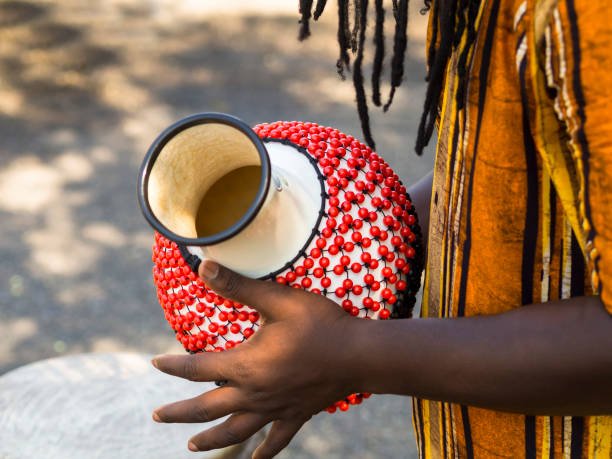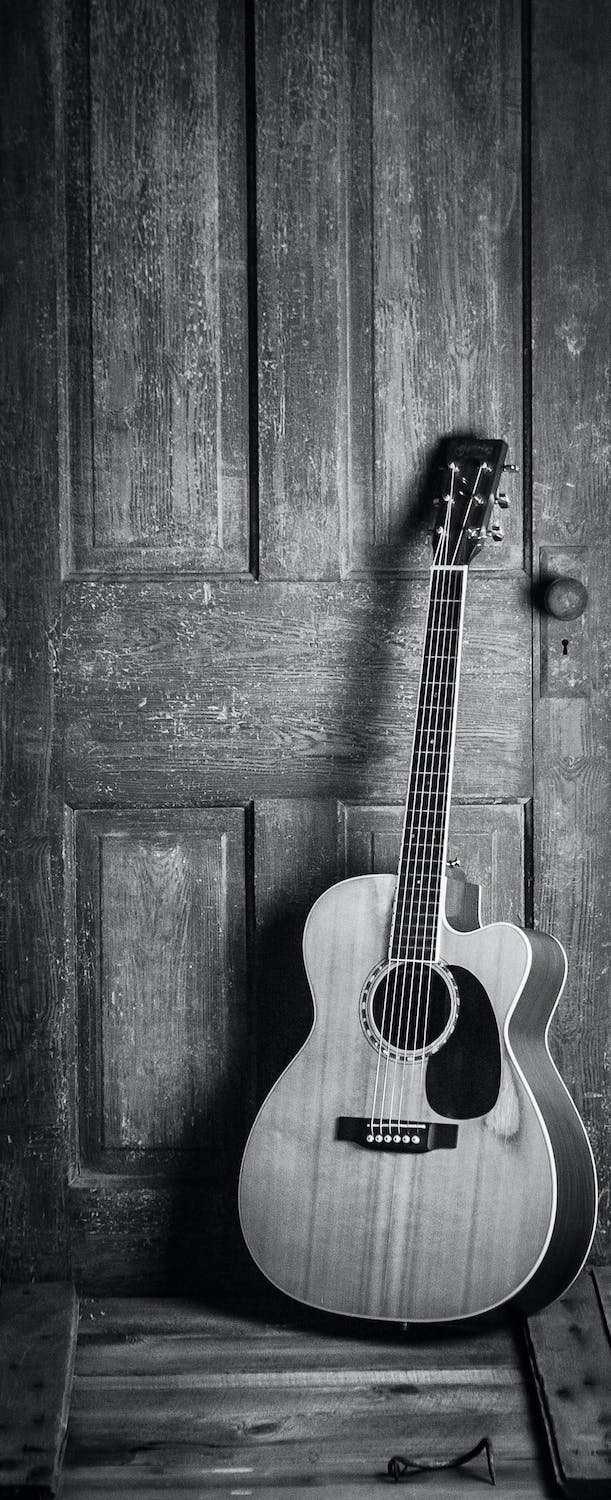CLASSIFICATION OF MUSICAL INSTRUMENTS IN MUSIC (CLASIFICACIÓN DE INSTRUMENTOS MUSICALES EN MÚSICA
Good Day everyone it's a great to be here today I will be exploring on the the word musical instruments used mostly in music.. Classification of African musical instruments music is part of our culture heritage. you cannot separate a people and their music. African are music lovers. they are full of music and very talented when it comes to creativity.
Buenos días a todos, es fantástico estar aquí hoy. Exploraré la palabra instrumentos musicales utilizados principalmente en la música. Clasificación de los instrumentos musicales africanos, la música es parte de nuestro patrimonio cultural. No se puede separar a un pueblo y su música. Los africanos son amantes de la música. están llenos de música y tienen mucho talento en lo que respecta a la creatividad.
1). Aerophone - Wind
2). Idiophone - Self sounding
3). Cordophone - String
4). Membranophone - Drum family
1). Aerófono - Viento
2). Idiófono - Sonido propio
3). Cordófono - Cuerda
4). Membranófono - Familia de tambores
1). AEROPHONE: These are instruments played by blowing air into the air column. There are holes that must be covered or uncovered to produce series of musical sounds. this type of instrument are "trumpet ,algaita stalk of corn, hausa farari, Anglais, flute, whistle, pipe, bamboo millet gourd some of them are played in vertical or transferred position Shepherd staff. they produce versatile of sounds.
1). AERÓFONO: Son instrumentos que se tocan soplando aire en una columna de aire. Hay agujeros que hay que tapar o descubrir para producir series de sonidos musicales. Este tipo de instrumentos son "trompeta, algaita (tallo de maíz), hausa farari, inglés, flauta, silbato, flauta, calabaza de mijo de bambú, algunos de ellos se tocan en posición vertical o transferida al bastón de pastor. Producen sonidos versátiles.
2). IDIOPHONE: (Self sounding)produce sounds by shaking, striking, scrapping, dragging on the Sandy floor stamping producing various of rhythms and melody like shekere, Ariet rattle, Gourd rattle, xylophone, split wooden drum. they are mostly used in churches, igbo Traditional gathering and many more.
2). IDIÓFONO: (Suena automáticamente) produce sonidos sacudiendo, golpeando, raspando, arrastrando sobre el piso de arena, estampando, produciendo varios ritmos y melodías como shekere, sonajero Ariet, sonajero de calabaza, xilófono, tambor de madera partido. se utilizan principalmente en iglesias, reuniones tradicionales igbo y muchos más.

3). CORDOPHONE: They are mostly found in different shapes and sizes hausa molo, gwari, kaburu, garaya, kutigi popularized by "DAN MARAYA OF JOS" It produced sounds by vibration of the strings. such as harps and zither consisting of bow and resonator covered with skin membrane with turning pegs like Dulcimer.
3). CORDÓFONO: Se encuentran mayoritariamente en diferentes formas y tamaños hausa molo, gwari, kaburu, garaya, kutigi popularizado por "DAN MARAYA DE JOS" Producía sonidos por vibración de las cuerdas. como arpas y cítaras que constan de arco y resonador recubiertos de membrana de piel con clavijas giratorias a modo de dulcimer.

4). MEMBRANOPHONE(Percussion): This is The drum family the membrane produces the sounds using hands or special sticks. it ranges from big iya-ilu to the tiny omele. some are wooden caved, some are made of calabash and glued. there are pot drums. Drums are well distributed in African and gives verity of tones. there is yoruba hour glass drum with two faces Gbedu etc.. the talking drum to the tiny once are mostly used in churches or party.
4). MEMBRANÓFONO (Percusión): Esta es la familia de tambores, la membrana produce los sonidos usando las manos o baquetas especiales. va desde el gran iya-ilu hasta el pequeño omele. algunas son de madera hundida, otras están hechas de calabaza y pegadas. hay tambores. Los tambores están bien distribuidos en africano y dan veracidad de tonos. hay un tambor de reloj de arena yoruba con dos caras, Gbedu, etc. El tambor parlante para los más pequeños una vez se usa principalmente en iglesias o fiestas.
